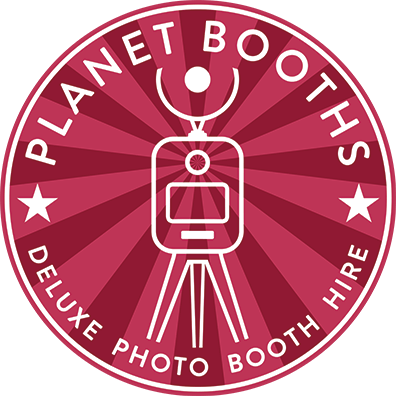The Unique World Of Interactive Photo Booths
In most of the world, photo booths look relatively similar and are used for similar features.
From passport and photo ID booths for taking approved pictures, to corporate photo booth hire to help create unique and exciting networking opportunities, photo booths are primarily either about function or capturing a particularly structured event.
This is not always the case, and one uniquely interactive version of the photo booth concept is the Japanese “purikura”, or print club.
They were initially created by Sasaki Miho in 1994, an employee working for video game company Atlus, as a way to combine photo booths with video game technology to create an experience that is similar to how selfies are taken today, combined with the popular sticker craze in Japan at the time.
Initially, Ms Sasaki’s idea was rejected by Atlas, then best known for creating the Megami Tensei series of games, but after reconsidering and consulting with leading arcade game manufacturer Sega, they reconsidered and in 1995 Print Club would release into arcades in Tokyo.
They were an instant hit in arcades, increasing traffic to amusement centres and leading Sega’s main rivals in the arcade space, SNK and Konami, to make similar purikura machines to compete.
What made them so special compared to a straightforward photo booth is that taking the pictures was just the beginning, and the real fun was the creative work spent editing, adding effects, frames and graphics and creating truly bizarre concepts, often using a touch screen.
It was a massive hit in Japan, possibly reaching its peak in 1997 when hugely popular boy band SMAP took pictures in one and gave them to their fans, and in many amusement centres, an entire floor is dedicated to these machines.
It actually would inspire the development of mobile phones with front-facing cameras, which allowed for selfies to be taken anywhere, and the creation of apps such as Snapchat and Instagram, which provide many of the same functions and features.
